
Ready to rocket through the stars on a high speed roller coaster into space? Then you've come to the wrong place. Here at Theme Park Tourist, we’re creating a library of Lost Legends, telling the in-depth stories behind beloved-and-lost attractions whose stories are simply too compelling to forget. But that’s only half the story.
Which is why our new Declassified Disaster series is diving into theme park histories that ended quite differently; attractions that crashed and burned. Tired stories, broken technologies, and horrific overlays are behind some of our in-depth features telling the terrifying tales of Disney’s “worst attraction” ever Stitch’s Great Escape, the head-banging Franken-coaster Drachen Fire, the bamboozling Enchanted Tiki Room: Under New Management that reeked of the 1990s, and many more.
But we have no shortage of unforgivable rides, and today we’re telling the tale of a roller coaster so odd, its name actually gave away how bad the experience became. Disaster Transport at Cedar Point was a rare miss at the “Roller Coaster Capital of the World,” creatively abandoned for all to see.
Today, we’ll try to piece together all we know about this Star Tours / Space Mountain rip-off roller coaster that almost instantly degraded into an in-the-dark letdown with practically none of its $4 million special effects left in tact, changing the course of seasonal theme parks forever. What waited inside the mysterious reaches of Disaster Transport’s space race? Let’s start at the beginning...
History along the shores
Image: Cedar Fair
Cedar Point is a park with history. A lot of history. More than 100 years before Walt Disney World would even open, Cedar Point was already a destination. Granted, it looked quite a bit different then than it does today. In fact, in 1870, guests were being ferried to the island not for even the most rudimentary of roller coasters, but for a bathhouse, beer garden, and dance hall amid the cedar forests of the island. The cost for the ferry ride: 25 cents.
Like so many amusement parks around the country today, those humble beginnings lead to a century’s history of highs and lows as gradually and continuously, Cedar Point grew into what we know today: the self-proclaimed Roller Coaster Capital of the World and an annual winner in industry awards.
Image: Cedar Fair
Still, its long, stretched midways dotted with thrill rides betray its origins as a park that’s taken a century to become what it is, from humble roots to a world headquarters for coaster enthusiasts.
One by one, Cedar Point’s roller coasters broke records. 1976’s Corkscrew was the first roller coaster with three inversions, and spanning a midway, to boot! Two years later, Gemini was the first continuous circuit roller coaster ever to cross the 100-foot height barrier, opening as the tallest, fastest, steepest coaster on Earth. And then, there was no stopping it.
Image: Joel Rogers, CoasterGallery.com. All rights reserved; used with permission.
1989. Magnum XL-200. 200-foot full circuit barrier, broken.
2000. Millennium Force. 300-foot full circuit barrier, broken.
2003. Top Thrill Dragster. 400-foot full circuit barrier, broken.
Make no mistake – Cedar Point’s path to becoming “America’s Roller Coaster” featured many stand-out rides that are still thrilling new generations today. One ride you probably don’t hear much about is Avalanche Run. Trust us – this is where it gets interesting.
Avalanche Run
Image: Cedar Fair
In 1985, Cedar Point opened a very unique roller coaster right along its picturesque shores – but Avalanche Run was no run-of-the-mill ride. In fact, the Intamin creation was a most unique configuration called a bobsled roller coaster.
The bobsled coaster debuted at the 1933 - 34 World's Fair at Riverview Park in Chicago, Illinois, but quickly became a mainstay with dozens of installations during the Golden Age of Roller Coasters. Cedar Point's Avalanche Run was a modern, steel version (the likes of which had a resurgence in the 1980s and '90s).
Image: Cedar Fair
On a traditional steel roller coaster, a set of steel rails are gripped above, below, and inside by a set of wheels affixed to each train car. These wheels that “surround” tubular steel track are what allow steel coasters to effortlessly crest airtime hills and pass upside down with ease. On a bobsled coaster, things work a little differently. Rather than being attached to tubular steel rails, the bobsled train simply rides through an open trough, like its namesake winter sport.
These half-tube troughs allow the trains to ride higher or lower around turns, faster or slower through straight-aways, all depending on the configuration and weight of riders.
Image: Joel Rogers, CoasterGallery.com. All rights reserved; used with permission.
Half the thrill of these gravity powered machines is watching the train ahead of you slalom up along a banked turn, wildly swaying right and left as it races down these uncontrolled track elements, literally free!
Avalanche Run may not have been a record breaker like the park would eventually host, but was a fun family coaster and a thrill set along the sandy shores. By far, a majority of the 2:30 ride was spent clicking up its lift hill with barely a minute spent whipping through the convoluted trough, but the 40mph descent was picturesque against the park's gorgeous Lake Erie beach and sufficiently wild.
Even today, you’ll find a few bobsled coasters scattered around the world (including one of the most ambitious and brilliant – a modern wooden throwback version at Knoebel’s called Flying Turns, painstakingly built to the historic specifications of the older, rarer wooden bobsled coasters, below).
The experience is a wild family coaster that slaloms and slides, banking and turning differently depending on the weight and arrangement of riders. You can get a pretty good idea of the possibilities in the latter half of this point-of-view video from Knoebel's Flying Turns:
So the runaway fun of a bobsled coaster was a perfect choice for families, and Avalanche Run's picturesque location on the lakeshore made it a fantastic addition to a growing coaster count at Cedar Point. But Avalanche Run was about to undergo a radical transformation.
Allegedly, the ride’s beautiful lakeside location was its undoing. Insiders say that sand blowing off of the park’s surrounding beaches would be carried inland, accumulating in Avalanche Run’s trough. The patches of residual sediment would close the ride until they could be swept away – a precarious task in and of itself. Just five years after its opening, Avalanche Run was shuttered. But it wouldn’t be removed, re-tracked, or even torn down.
A new CEO had a plan.
Dick Kinzel
In 1986 – the very year after Avalanche Run opened – a new leader came to the helm of Cedar Fair. Dick Kinzel had actually started his career as a Cedar Point team member before working his way into management. He was named the manager of the newly acquired Valleyfair (the other half of Cedar Fair’s name) in 1978 and, less than a decade later, returned to Sandusky as president and CEO of the whole partnership.
If we were to fast forward, we’d see that Kinzel would go on to grow Cedar Fair into the international player it is today. It was under Kinzel's leadership that Cedar Fair acquired Knott's Berry Farm from the Knott family, purchased and closed the world's largest theme park, Six Flags Worlds of Adventure (as chronicled in its own in-depth Lost Legends: Geauga Lake feature that's a must-read for theme park fans), and purchased the Paramount Parks, including nearby Kings Island (home to another set of Lost Legends: Son of Beast and TOMB RAIDER: The Ride).
Meanwhile, Kinzel was super-charging Cedar Point as a thrill-seekers paradise. In fact, Kinzel would grow into the militant general leading the charge into the Coaster Wars that developed in the 1990s and 2000s, and it was his ambition that made Cedar Point the “Roller Coaster Capital of the World.”
Years later, Dick Kinzel’s name would be tied to cost-cutting and a laser-focus on building bigger, taller, faster roller coasters at the expense of nearly everything else. Straddling the company under billions of dollars of debt when the $1.2 billion Paramount Parks purchase landed right alongside the Great Recession of 2008, his final effort as CEO was to try to sell Cedar Fair to a private equity firm that massively undervalued the partnership’s units while securing himself a “Golden Parachute” payout. The move still leaves a sour taste in the mouths of unitholders and industry fans. Like so many CEOs, he might’ve tainted what should’ve been a revered legacy by simply staying on too long and today is remembered in many stories as a penny-pinching villain.
Image: Cedar Fair
His later legacy aside, in the late 1980s Kinzel was a bright new leader with a fresh perspective. Living literally steps from Cedar Point’s front gate, Kinzel naturally played favorites and had limitless ambition for Cedar Point. While few would confuse the thrill-focused amusement park with the decadent themes of Walt Disney World, Kinzel did take special interest in recent Disney projects that he wanted desperately to emulate at his crown jewel park in Ohio: Space Mountain and Star Tours.
While Space Mountain had been a favorite for more than a decade, Star Tours opened at Walt Disney World in 1989. For Disney, the Star Wars motion simulator was an E-Ticket attraction developed intentionally to bring Disney Parks into the modern age – a fascinating story we told in its own in-depth Lost Legends: Star Tours feature. About that time, Kinzel and Company were readying for an interstellar adventure of their own. As luck would have it, they had the perfect canvas on which to paint their out-of-control space escape ride: Avalanche Run. How? That’s the fun part. Read on…
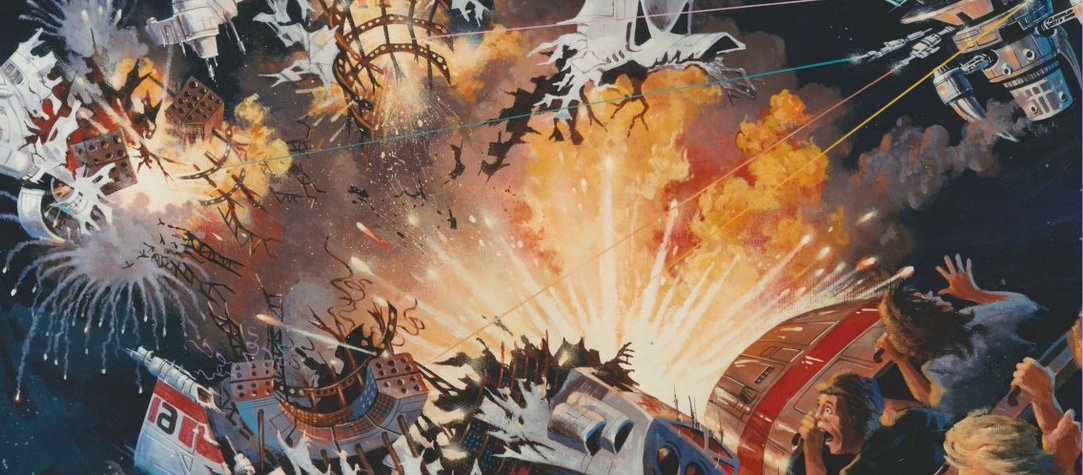
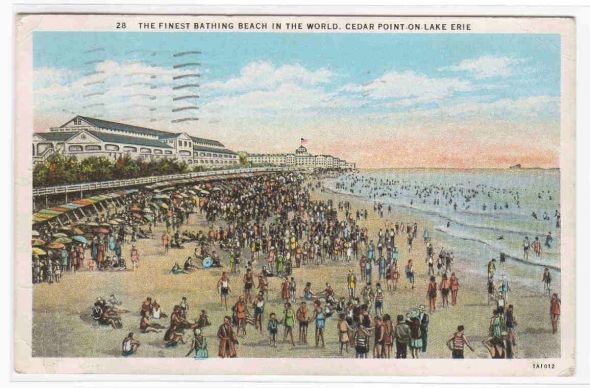
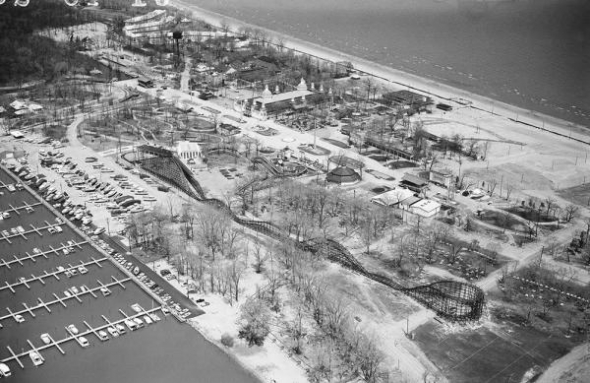
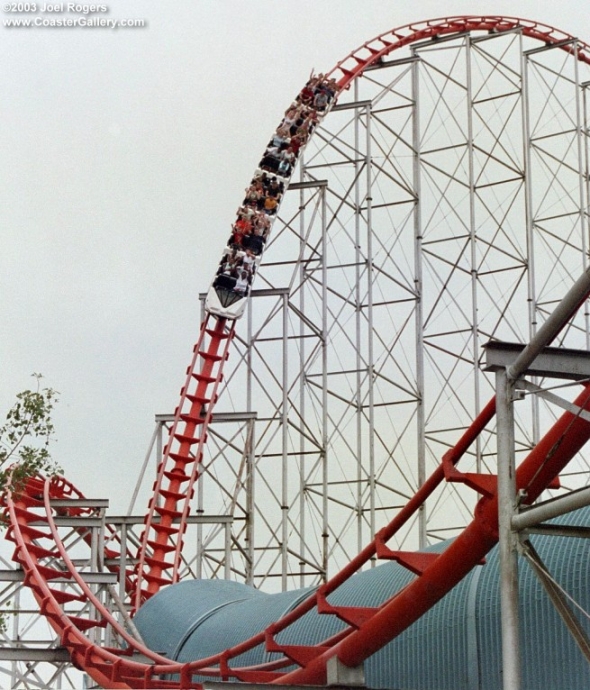
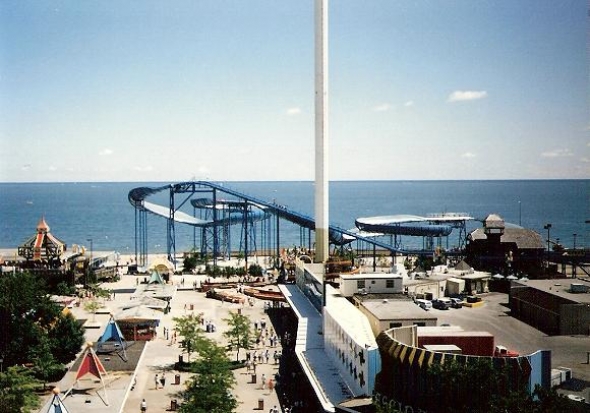
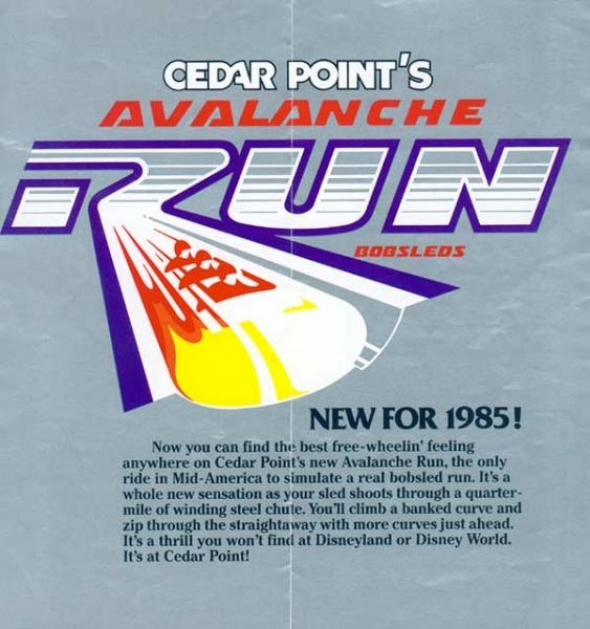
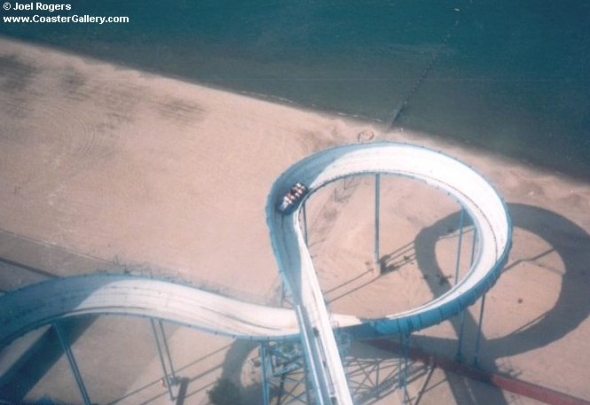
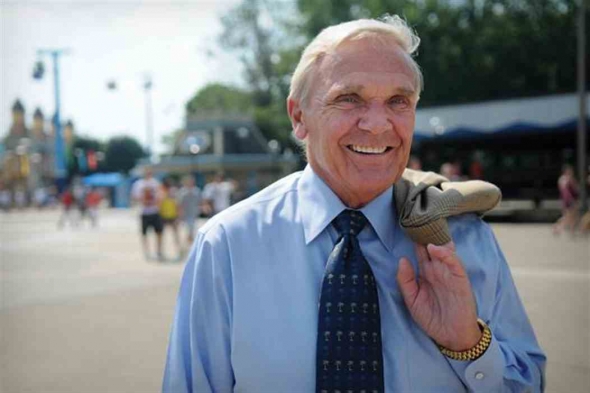
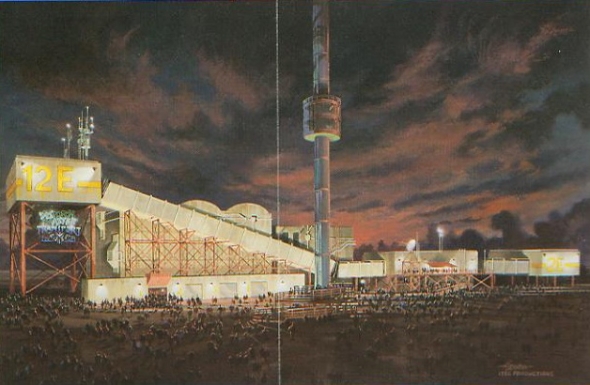

Comments
Originally the first of the three rooms had posters on the walls showing other potential destinations that had been closed for a variety of reasons. One of them was for Disney World and it was marked out saying that the magic is gone. Alaska was the destination because it was the only place in the world left to go. One year all of the posters disappeared and were replaced with generic travel posters.
Legend has it that the unmentioned in the article middle room with Dave the robot and the space pirate video lost it's theming when a laser disc was lost.
The original theming was very nice and somewhat entertaining.
Loved Disaster Transport, the story was pretty clear, you are taking a trip from Sandusky to Alaska through space to make it super quick.
This was a good article, as are the other comments so far. But you've missed two key points. The first year there was a VERY detailed story line, told partially by the robots and partially by a LIVE ACTOR with a microphone. However, the acoustics in the room were so poor it was almost impossible to hear or understand what was said. Because of that, many people did not understand the story line. The first years had great props during the show scenes such as an attacking space pirate ship shooting lasers. But one day some of the props on the ride fell and if my memory is right a rider or two were injured. Those props were never replaced and marked the end of much of the story line during the ride. There is no way to compare the ride the first year with the ride during the last year. However, on a scale of 1 to 100 I would have given the ride a decent score of about 85 on the first year. For comparison, during the final years I would have given it a score of 5 out of 100. We all agree that it stunk in the final years. But please remember that in the first years it was a really good ride - and for a non-Disney ride it was FANTASTIC. I rode several of the similar bobsled rides (such as the Screamin' Delta Demon at Opryland). Disaster Transport was the best of the batch of similar rides. It was WAY beyond what the other parks were doing. I have often wondered what it would have been like if they had fixed the acoustics problem in the show room so people could understand the "plot" of the story and what would have happened if the accident with the falling props had never happened. And of course - what would it have been like if the park had bothered to take care of it properly? I don't miss the ride the way it was - but I miss the way the ride used to be in it's first year. I'm a great coaster fan, and I really regret the loss of a bobsled coaster. They are an endangered species. I assume many of the riders of Disaster Transport will be able to tell their children and their grand children that there used to be such a ride as a bobsled coaster. I just hope that when they tell that story they will be able to tell them about the first years of this ride, and not about the years when the ride had lost its story and its very soul.
My friends tell a story of riding DT in the mid-90's. After the ride they overheard a parent asking their boy of 7 or 8 what he thought of the ride. His response "That bit my left nut!" That's become a permanent part of our lexicon. I finally rode it myself a few years later, and I couldn't agree more with that little guy.
Disaster Transport left such a little impression on me, I had completely forgotten about riding it once in 1990 or '91 until reading this article. I now remember the ride queue and waiting a very long time for a ride that did little to impress. It was truly forgettable.